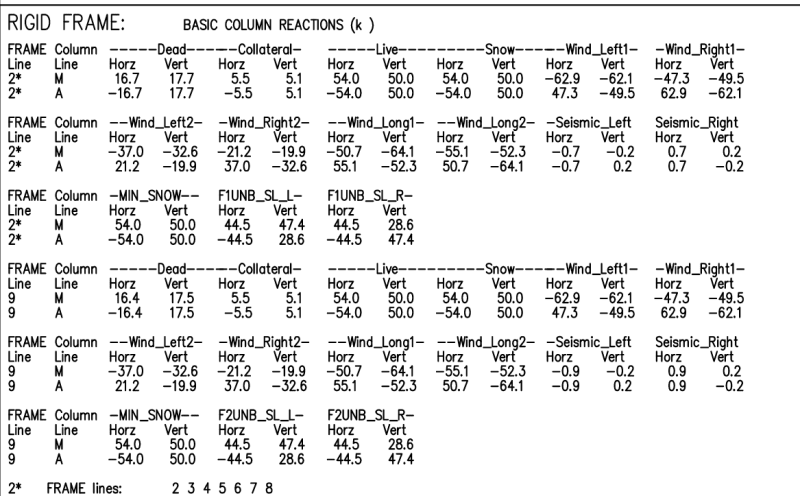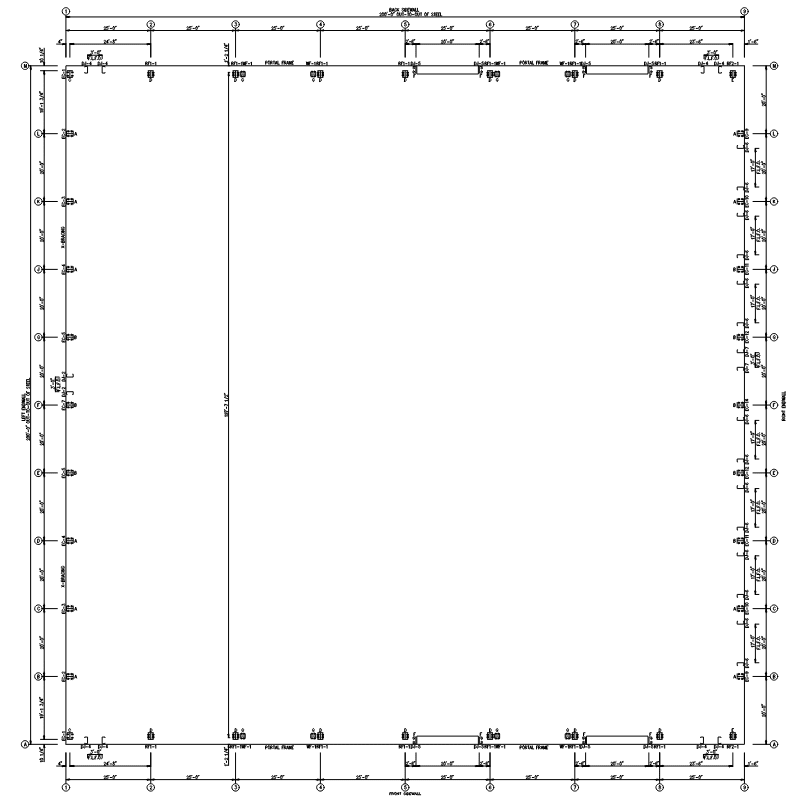NA110
Structural
- Jun 28, 2024
- 7
Recently, I have been awarded a project to design the foundation for a 200 ft x 200 ft x 28 ft tall pre-engineered metal building (PEMB). Can anyone guide me on the suitable type of foundation for this large PEMB? The frame spacing is 25 ft center-to-center. Initially, I was considering a spread footing with piers and grade beams, tying the columns in both directions with pedestal columns and grade beams. However, the client wants to minimize costs and prefers a slab on grade with haunches. Is a slab on grade with haunches suitable for this type of large PEMB? Please, can anyone guide me on this?



